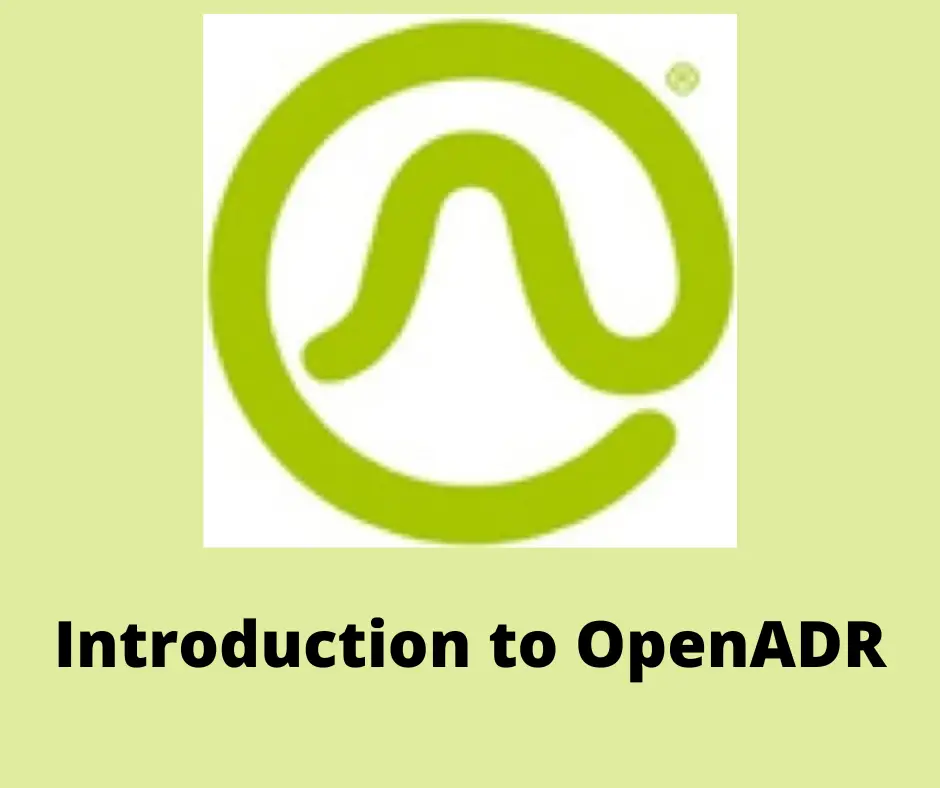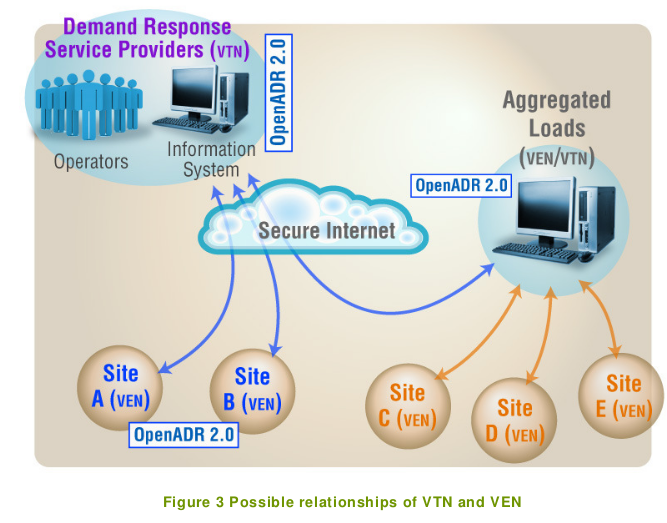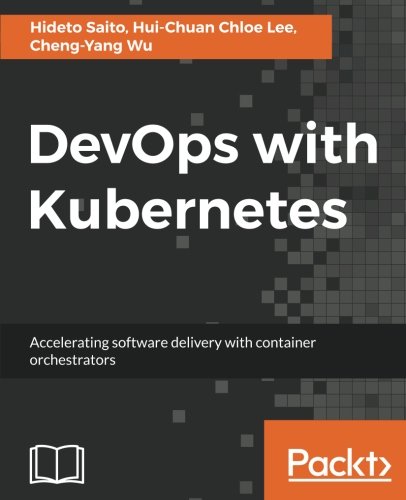; Date: Fri Jun 03 2022
Tags: OpenADR »»»» OpenLEADR »»»» Docker »»»»
What is OpenADR

OpenADR is an HTTP-based protocol meant for implementing Demand-Response systems. The protocol is specified in the open, anyone is free to download and read the specification, and to create implementations.
There are a few open source OpenADR implementations. Among those is OpenLEADR, a sub-project of the Linux Foundation, and is part of Linux Foundation Energy. LFEnergy is all about "leading the energy transition through global open source collaboration." That's right up my alley.
The OpenADR specification is at:
https://www.openadr.org/ ... It is an industry foundation which focuses on electricity utility companies, and large scale energy consumers.
The purpose of Demand Response is, at times the electric grid is overloaded, to send out signals to cooperating equipment to curtail electricity usage. The stereotypical example is a hot summer afternoon, and all the air conditioners are cranked to 11. To avoid the whole system from crashing, and to keep the air conditioners running, the utility companies have "Demand Response" programs where they can notify organizations to slow down electricity use for less critical needs leaving electricity for critical needs. For example, pool pumps can run slower for a few hours.
The OpenADR allows automated demand response. The curtailment requests are sent over the Internet from utility companies to individual devices, notifying that a demand response event is scheduled for a period of time.

This diagram shows the architecture of the system in more detail. There are three types of systems in OpenADR:
- Virtual Top Node (VTN): These send grid condition information to end nodes.
- Virtual End Node (VEN): These have operational control over a set of resources and/or processes which consume or produce electricity.
- Aggregator Nodes: These relay information between the VTN and the actual VEN's, and operate as both VTN and VEN. To the VTN, the aggregated VEN's look like one VEN. To the VEN's, the aggregator looks like a VTN.










